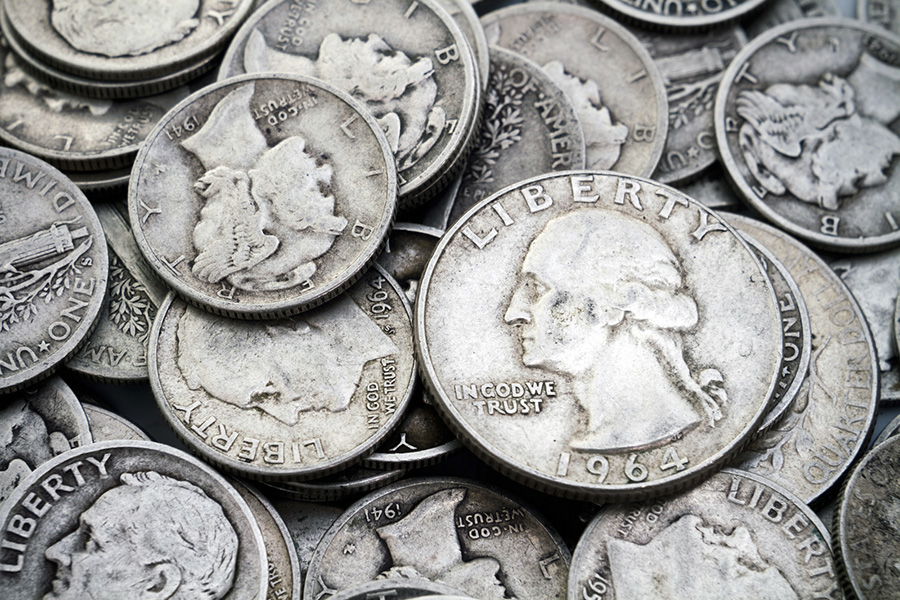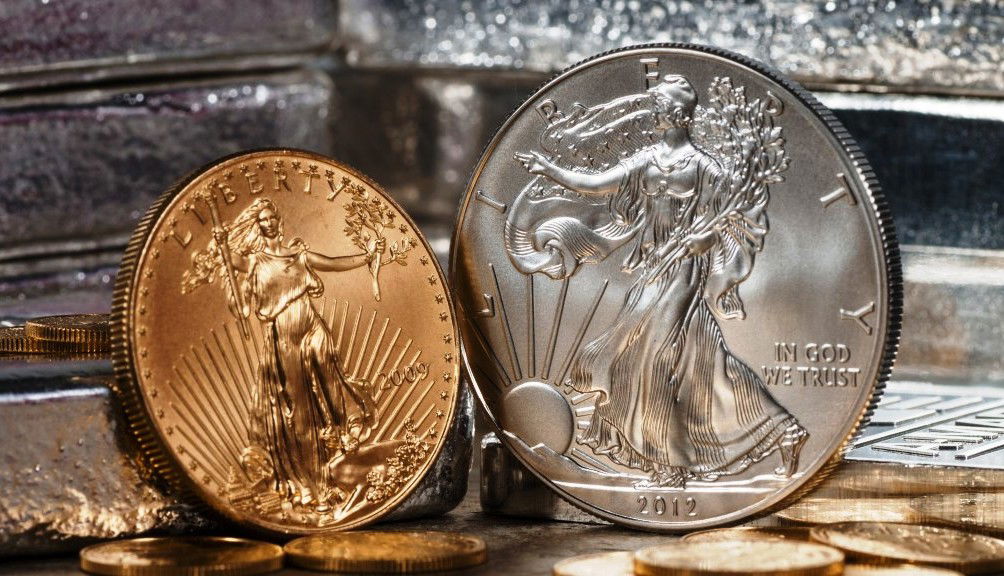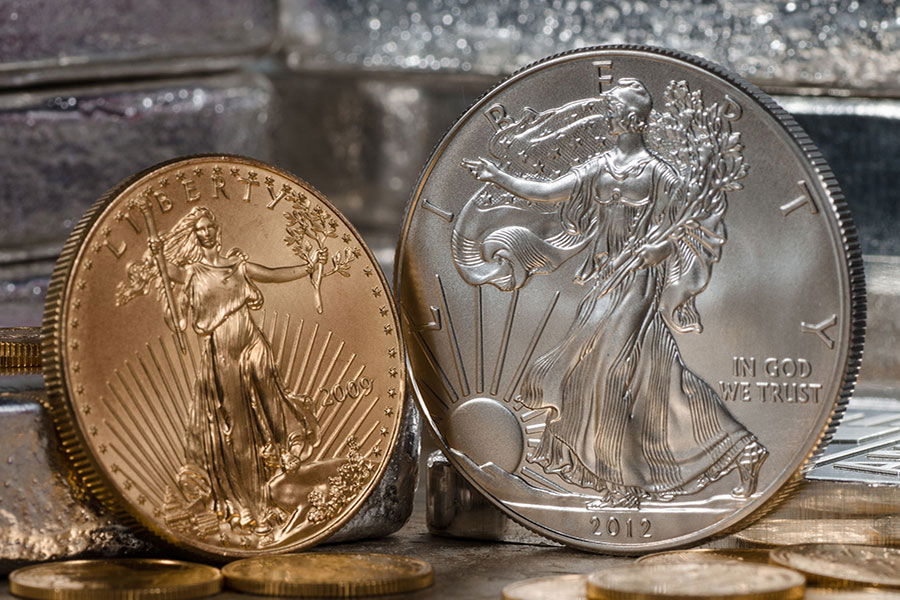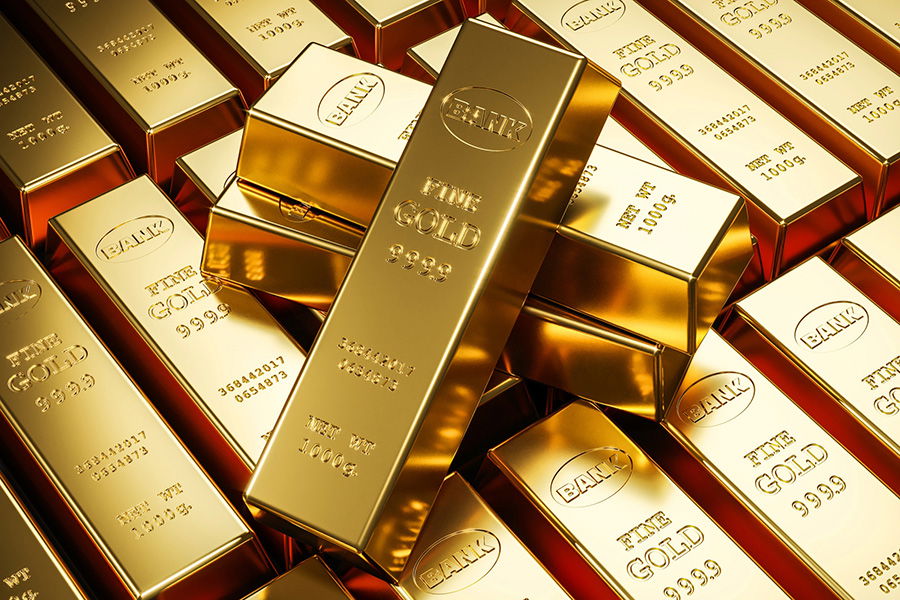Adding silver to your portfolio in 2025 can help protect your money from inflation and economic uncertainty. Physical coins, digital assets, and silver-backed funds each offer unique benefits and trade-offs.
With so many choices available, it’s important to know which options fit your goals. Get the facts on the top ways to buy silver this year—and learn what to watch out for before you invest.
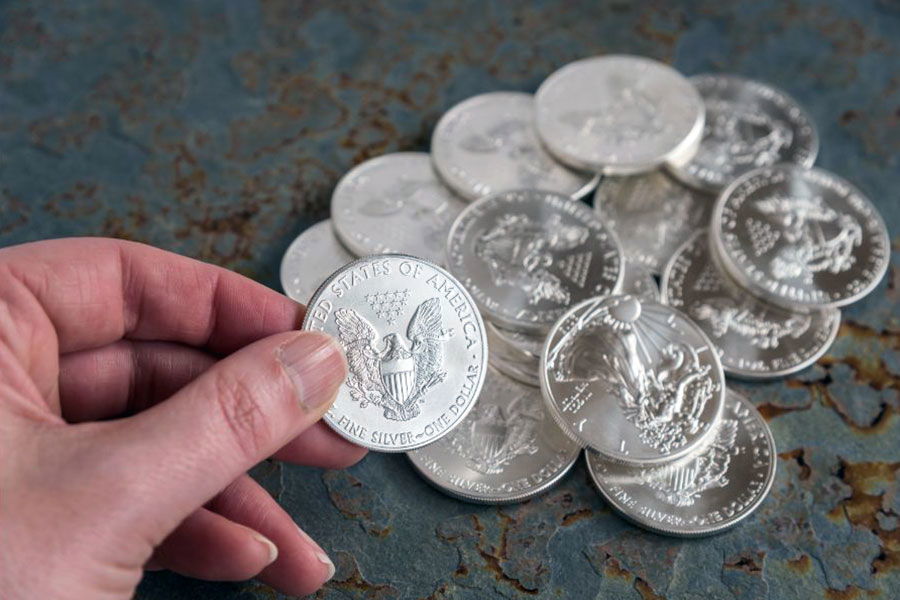
Key Takeaways
- You can invest in silver through physical bullion, ETFs, mining stocks, certificates, or futures, each with its own pros and cons.
- Silver can help diversify your portfolio and protect against inflation, but you’ll need to watch for storage costs, price swings, and dealer premiums.
- Know the tax rules before you buy. Capital gains taxes and Silver IRAs can affect your returns.
5 Best Ways to Buy Silver
There are five main ways to invest in silver, each with its own pros, risks, and buying process. Here’s what you should know before you pick a strategy.
1. Silver Bullion: Bars and Coins
Physical silver is the most direct way to invest. Bars come in sizes from 1 ounce up to 1,000 ounces, usually at lower premiums per ounce. Coins, like American Silver Eagles or Canadian Maple Leafs, are government-issued and widely recognized. Silver rounds, produced by private mints, are often the cheapest way to buy pure silver, though they’re not legal tender.
2. Silver ETFs
Silver ETFs let you buy exposure to silver prices through your brokerage account, with no need to store metal yourself. Some funds, such as iShares Silver Trust (SLV), are backed by physical silver. Others use futures or leverage for higher risk and reward. ETFs trade like stocks but may come with management fees and counterparty risks.
3. Silver Mining Stocks
Buying shares in silver mining companies gives you indirect exposure to silver prices. These stocks can offer bigger gains than silver itself—but also more risk. Company management, production costs, and global events all affect performance. Popular choices include First Majestic Silver, Wheaton Precious Metals, and Pan American Silver.
4. Silver Certificates
Silver certificates are paper or digital documents that prove ownership of silver stored by a bank or institution. You get the benefits of silver investment without handling or storing metal. Just be aware that your returns depend on the institution’s reliability and ability to deliver the silver if needed.
5. Silver Futures and Options
Futures and options let you bet on silver price movements without owning any metal. Futures contracts require you to buy or sell silver at a set price and date, often using leverage. Options give you the right, but not the obligation, to buy or sell at a certain price. Both methods can lead to large gains or losses and are best for experienced traders.
Where to Buy Silver: Online, Local, and Stock Market Options
You can buy silver online, at local shops, or through the stock market. Each method offers different advantages, depending on how hands-on you want to be and whether you want physical metal or a paper investment.
Buying Silver Online
Many investors choose to buy silver online because it offers access to competitive prices and a wide selection of bars, coins, and rounds. Well-known retailers like Money Metals Exchange, Gainesville Coins, and Silver Gold Bull offer secure checkout and deliver straight to your door.
Always check reviews, compare prices, and make sure your payment method is secure. Decide ahead of time where and how you’ll store your silver.
Buying Silver Locally
Buying from a local coin shop or bullion dealer lets you see and inspect silver before you buy. You skip shipping fees, but may pay a slightly higher price due to dealer premiums.
Shop around, compare to current silver prices, and check the dealer’s reputation. Some local dealers offer buyback programs, which can make it easier to sell later.
Buying Silver on the Stock Market
If you’d rather not handle physical metal, consider silver ETFs, mining stocks, or futures contracts through your online brokerage. These options track silver’s price without the storage hassles, but come with their own risks, including fees and price swings. Research each option to see how it fits your investment goals.
Pros & Cons of Buying Silver
Silver brings real benefits to a portfolio, but there are also a few drawbacks to weigh. Here’s what to keep in mind as you consider your options.
Pros
- Diversification: Silver often moves differently than stocks or bonds, so it can help reduce risk and add balance to your overall investment mix.
- Inflation hedge: Silver tends to hold its value over time and can offer protection if the dollar loses purchasing power.
- Industrial demand: Silver is used in everything from electronics to solar panels and medicine, which supports long-term demand and helps stabilize its price.
- Affordability: Compared to gold and platinum, silver is far less expensive per ounce. That means you can start investing with a smaller budget.
- Tangible asset: With physical silver, you own something real and durable. It’s a hard asset that isn’t tied to any bank or digital system.
Cons
- Storage and insurance: Physical silver needs a secure spot, whether at home, in a safe deposit box, or with a professional storage company. Insurance adds another layer of cost.
- Price volatility: Silver prices can swing much more than other assets, leading to big gains but also sharp losses—sometimes in a short timeframe.
- Lower liquidity: While silver is generally easy to sell, it’s not as fast or simple as cashing out stocks or bonds. You might have to accept a lower price for a quick sale.
- No passive income: Silver won’t pay you dividends or interest. Your returns depend entirely on price appreciation.
- Dealer premiums: Buying and selling physical silver often comes with extra costs. Dealer markups and transaction fees can cut into your profit margins, especially for smaller purchases.
Where to Store Silver Safely
Owning physical silver comes with the responsibility of keeping it secure. The right storage method depends on factors like how much silver you own, how often you need access to it, and whether you want insurance coverage. Some options provide maximum security, while others offer greater convenience.
The table below outlines common storage methods, along with their advantages and drawbacks:
| Storage Option | Security Level | Cost | Accessibility |
|---|---|---|---|
| Home Safe | Moderate | One-time purchase | Immediate access |
| Bank Safe Deposit Box | High | Annual fee | Bank hours only |
| Professional Vault | Very High | Monthly fee | May require notice |
| Silver IRA Storage | Very High | Custodian fees | Restricted access |
Choosing the Right Storage Method
- Home Storage is best for small amounts of silver if you have a high-quality safe and proper security measures in place. However, it comes with risks like theft and fire damage.
- Bank Safe Deposit Boxes offer better security but limit access to business hours, and the bank typically does not insure the contents.
- Professional Vault Storage provides maximum security with insurance coverage, making it ideal for larger investments, but it comes with ongoing fees.
- Silver IRA Storage is required for silver held in a retirement account. A custodian manages the storage in an approved facility, ensuring compliance with IRS regulations.
How Silver Investments Are Taxed
Taxes on silver investments depend on the type of asset you hold and how long you own it before selling. In the U.S., silver is classified as a collectible for tax purposes, which means it does not receive the same treatment as stocks or bonds.
Capital Gains Tax on Silver
When you sell silver for a profit, you may owe capital gains tax. The tax rate depends on your income level and how long you held the silver:
- Short-term capital gains (held for one year or less) are taxed as ordinary income.
- Long-term capital gains (held for more than one year) are subject to a maximum collectibles tax rate of 28%, which is higher than the typical long-term capital gains rate on stocks (15% or 20% for most investors).
Tax Treatment by Silver Investment Type
Different types of silver investments have different tax implications:
- Physical Silver (Bullion, Coins, Rounds) – Taxed as collectibles, with a maximum 28% capital gains tax.
- Silver ETFs – Some ETFs, like SLV, are taxed as collectibles, while others may receive standard capital gains treatment.
- Silver Mining Stocks – Taxed like regular stocks, with long-term gains capped at 15% or 20%, depending on your income.
- Silver IRAs – If silver is held in a self-directed IRA, taxes are deferred until withdrawal, similar to other retirement accounts.
Reducing Your Tax Liability
- Hold silver for more than a year to avoid higher short-term capital gains taxes.
- Consider a Silver IRA if you plan to hold silver long-term and want tax-deferred growth.
- Consult a tax professional to understand how silver fits into your overall investment strategy and tax situation.
Being aware of how silver investments are taxed can help you maximize returns and avoid unexpected tax bills when selling.
Final Thoughts
Silver offers a simple way to diversify your investments and protect your money from inflation or economic shocks. With so many buying options, it’s important to pick the method that fits your goals, comfort level, and budget.
Before you buy, take time to compare dealers, understand the pros and cons of each approach, and plan how you’ll store or manage your investment. Getting the details right up front can help you avoid costly mistakes and get more out of your silver.
Ready to add silver to your portfolio? Start by choosing the option that matches your needs, and make your first purchase with confidence.
Frequently Asked Questions
What’s the difference between spot price and market price for silver?
The spot price is the current value of silver per ounce on global markets. When you buy physical silver, the market price is usually the spot price plus dealer premiums, shipping, and other fees—this is the actual price you’ll pay.
Are silver coins or bars a better investment?
Both options have their strengths. Coins are easier to sell in smaller amounts and sometimes carry collectible value, but often come with higher premiums. Bars, especially larger ones, tend to have lower premiums and are more cost-effective if you’re making a bigger investment.
Is investing in silver better than investing in gold?
Silver is more affordable and used in many industries, which can boost demand. Gold is more stable and widely accepted as a store of value. Many investors choose to hold both, since they serve different roles in a portfolio.
Are there any tax benefits to investing in silver?
Some types of silver investments, like Silver IRAs, may offer tax advantages, but profits from selling silver are typically subject to capital gains tax. The details depend on your country’s rules, so it’s smart to check with a tax professional before you invest.
What is junk silver?
“Junk silver” is a term used to describe old coins that have no collector or numismatic value but are made of silver. These coins, like pre-1965 U.S. dimes, quarters, and half dollars, can be a cost-effective way to invest in silver, as they are often sold close to their actual melt value.

